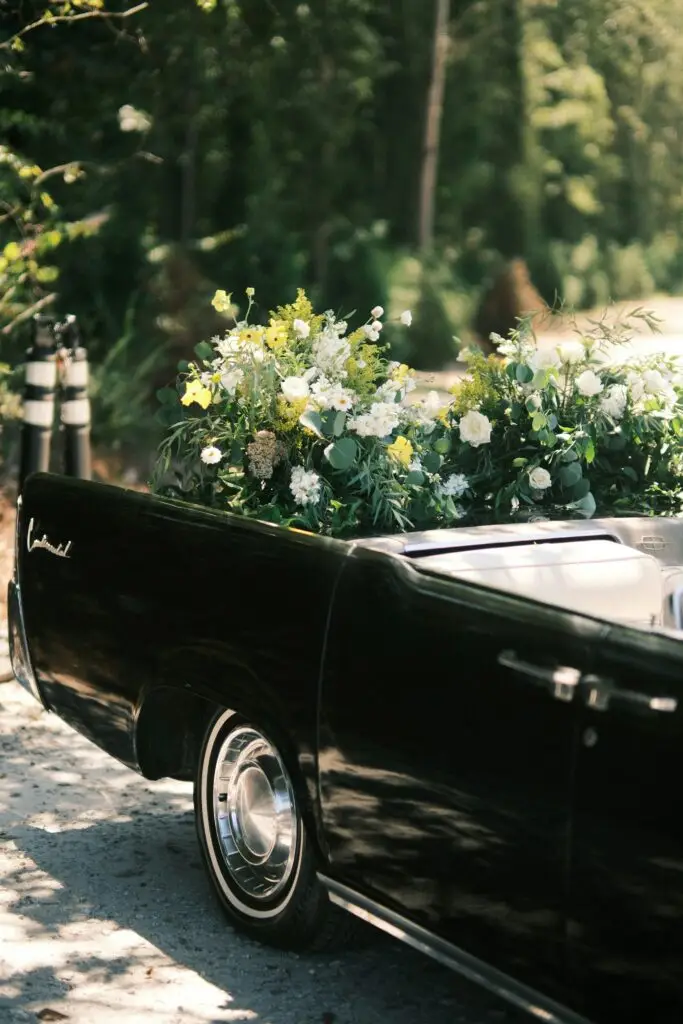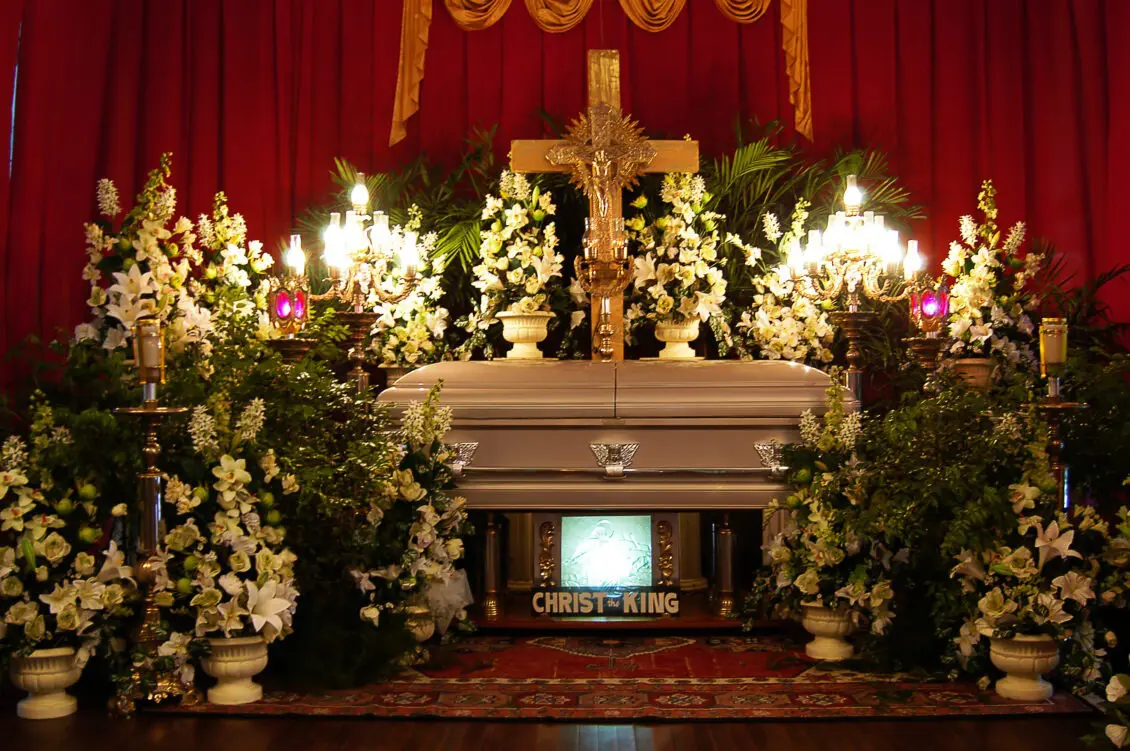Introduction
Losing a loved one is a challenging time. Amid the grief, there are many arrangements to be made. One such arrangement is the transportation of the deceased. This task, while daunting, is a crucial part of the funeral process. This guide aims to help you navigate this process. It provides a comprehensive overview of how to arrange transportation for a deceased loved one. We will explore various options, legal requirements, and cost considerations. We will also delve into the role of funeral homes and the significance of funeral processions. Whether you’re planning a local or long-distance transport, this guide will provide valuable insights. Our goal is to help you ensure a dignified and respectful journey for your loved one.
Immediate Steps Following a Death
When a loved one passes away, the first step is to notify the proper authorities. This could be a hospital, nursing home, or in some cases, the police. Once the death is officially pronounced, the body can be moved. This is typically done by a professional body transport service. They ensure the body is moved safely and respectfully.
The next step is to choose a funeral home. They will take care of the body and help with the funeral arrangements. This includes the transportation of the deceased.
Choosing a Funeral Home or Mortuary Transport Service
Choosing the right funeral home or mortuary transport service is crucial. It’s important to find a service that respects your wishes and the dignity of the deceased. Consider the reputation of the funeral home. Look for reviews and ask for recommendations. This can help ensure you choose a reliable service.
Also, consider the services they offer. Some funeral homes provide full-service funeral transportation, while others only offer removal services.
Lastly, make sure the funeral home is able to meet your specific needs. This could include cultural or religious requirements, or the need for long-distance transportation.
Understanding Legal Requirements and Documentation
When arranging transportation for a deceased loved one, it’s important to understand the legal requirements. These can vary depending on the location and the distance of transportation.
For instance, you may need to secure a death certificate. This is often required before transportation can take place.
Here are some common documents you might need:
- Death certificate
- Burial transit permit
- Embalming report (for long-distance transportation)
Remember, the funeral home or mortuary transport service you choose can help guide you through this process. They should be familiar with the legal requirements in your area.
Local vs. Long-Distance Transportation Options
When it comes to transporting a deceased loved one, the distance plays a significant role. For local transportation, a hearse or other specialized vehicle is typically used. Long-distance transportation, on the other hand, may require additional considerations. This could involve air transportation or a long-distance hearse service. It’s also important to note that embalming may be required for long-distance transport. This is to ensure the preservation and dignity of the deceased. Regardless of the distance, it’s crucial to choose a service that respects your loved one and provides a dignified transport.
Cost Considerations for Funeral Transportation
The cost of funeral transportation can vary greatly. It depends on factors such as distance, type of vehicle used, and the services provided. For instance, a local transport using a hearse may be less expensive than long-distance or air transportation. Additional services, like a funeral procession, can also add to the cost. It’s important to discuss these costs upfront with the funeral home or transport service. This can help avoid any unexpected expenses during this difficult time.
Coordinating a Funeral Procession
A funeral procession is a traditional way to honor the deceased. It involves a line of vehicles, led by the hearse, traveling from the funeral home to the burial site. The funeral director can help coordinate this procession. They can guide on the route, the order of vehicles, and any local laws or customs to follow. It’s also possible to personalize the procession. For instance, you might choose a route that passes significant locations in your loved one’s life.
Specialized Vehicles and Hearses
The hearse is the most common vehicle used in funeral transportation. It’s designed to carry the casket and provide a dignified journey for the deceased. There are other specialized vehicles too. For instance, some funeral homes offer motorcycle hearses or horse-drawn hearses. These can add a unique touch to the funeral procession. Choosing the right vehicle is a personal decision. It should reflect the personality and wishes of the deceased. Remember, the goal is to honor your loved one. The vehicle you choose plays a significant role in this final tribute.
Air Transportation for a Deceased Loved One
In some cases, you may need to arrange air transportation for your loved one. This is often the case when the deceased lived in a different state or country. Working with airlines can be complex. It’s important to understand their policies and procedures for body transport. Some airlines offer a “bereavement fare” for family members traveling with the deceased. Remember, the body must be embalmed before air transport. This is a legal requirement and ensures the dignity and respect of the deceased during the journey.
Cultural and Religious Considerations
When arranging transportation for a deceased loved one, cultural and religious beliefs often play a significant role. Different cultures and religions have unique customs and traditions related to death and funeral rites.
For instance, in some cultures, a funeral procession is a significant part of the mourning process. In others, the body may need to be transported to a specific location for religious rites.
It’s important to communicate these needs to the funeral director or transport service. They can help ensure that all cultural and religious considerations are respected during the transportation process.
Personalizing the Transportation Process
Personalizing the transportation process can be a meaningful way to honor your loved one. This could involve choosing a special vehicle or adding personal touches to the hearse. Remember, these personal touches can help make the final journey of your loved one more special and memorable.

Conclusion: Ensuring Dignity and Respect
In conclusion, arranging transportation for a deceased loved one is a crucial part of the funeral process. It’s about ensuring the dignity and respect of your loved one during their final journey.





